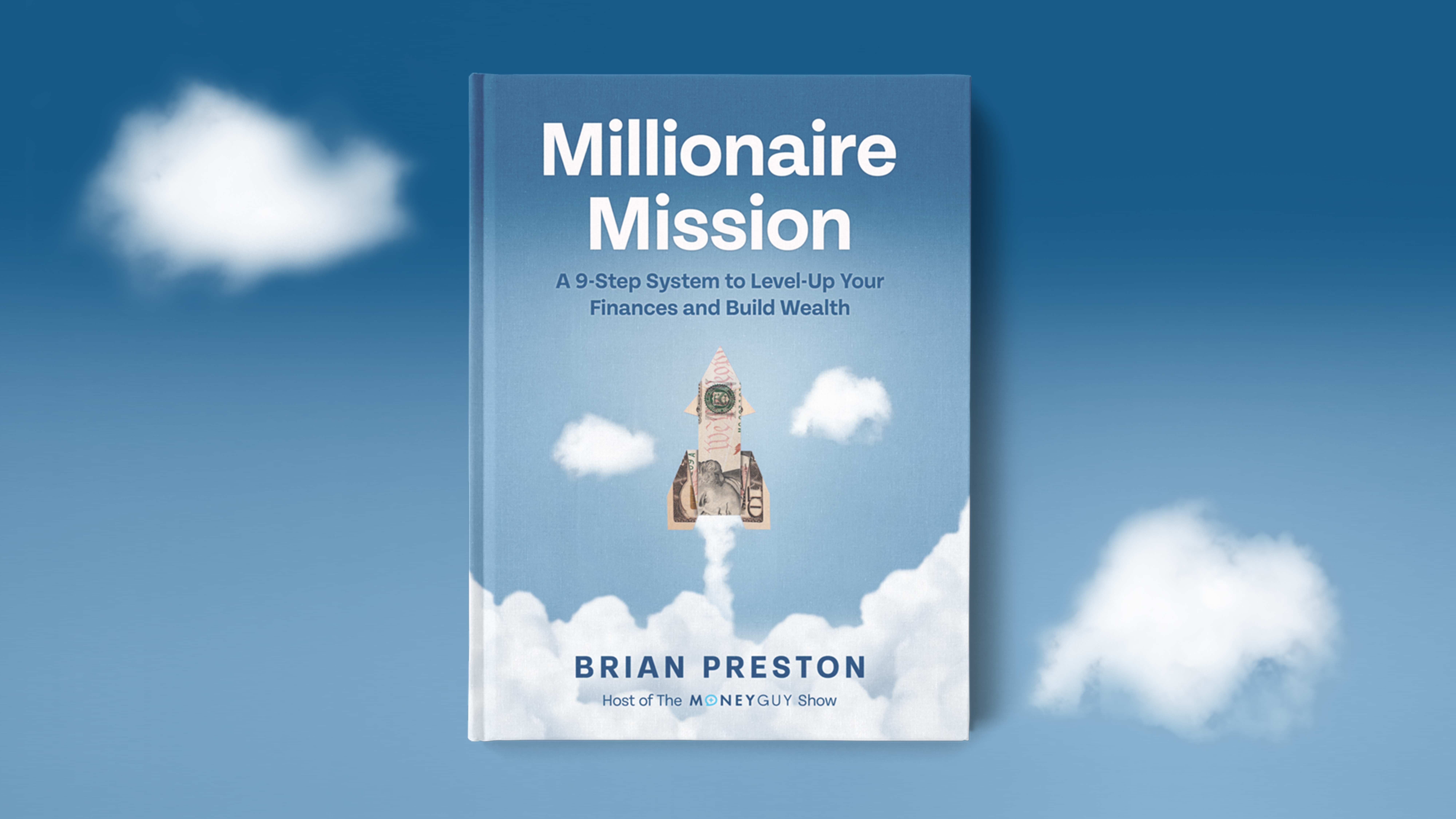
Change your life by
managing your money better.
Subscribe to our free weekly newsletter by entering your email address below.

Subscribe to our free weekly newsletter by entering your email address below.
We have all heard that patience is a virtue. But did you know that you can actually get paid for being patient? In today’s show, we share some data that reveals just what a plan and a little patience can do for your portfolio returns.
We have developed a series of charts that date back to January of 1953 and go all the way through December of 2011. In these charts, we show the worst, best, and average return for a variety of simple allocations over a one year, three year, and five year period. The most conservative portfolio is made up of no stocks, 90% bonds, and 10% cash. A well balanced portfolio consists of 60% stocks, 30% bonds, and 10% cash. The most aggressive portfolio we show is 90% stocks, no bonds, and 10% cash.
One year period:
The most conservative portfolio had its worst year in 2009 with a loss of 10.01%. Its best year was 1982, with a 30.32% gain. The balanced portfolio had its worst year in 2008 with a loss of 16.17% and its best year was 1954, with a 32.67% gain. The aggressive portfolio had its worst year in 2008 as well, with a loss of 33.3% and its best year was 1954, with a gain of 47.47%. Over this 58 year period, the probability of a positive return was 81% for the conservative and balanced portfolios and 76% for the aggressive portfolio, if looking at one year increments.
Three year period:
The worst 3 year period for the conservative portfolio was 1967-1969, with a loss of .42%. The best 3 year period was 1984-1986 with a gain of 19.71%. For the balanced portfolio, the worst period was 2000-2002, with a loss of 4.66% and the best period was 1995-1997, with a gain of 22.6%. The aggressive portfolio’s worst period was 2000-2002, with a 12.8% loss and the best period was 1995-1997, with a 28.55% gain. Over this 58 year period, the probability of a positive return was 98% for the conservative portfolio, 91% for the balanced, and 86% for the aggressive, if looking at three year increments.
Five year period:
The worst 5 year period for the conservative portfolio was 1955-1959, with a .01% loss. The best period was 1982-1986, with a 18.33% gain. The worst period for the balanced portfolio was 1970-1974, with a 1.6% loss and the best period was 1995-1999, with a 20.01% gain. For the aggressive portfolio, the worst period was 2000-2004, with a 1.68% loss and the best period was 1995-1999, with a 26.2% gain. Over this 58 year period, the probability of a positive return was 98% for the conservative portfolio, 100% for the balanced, and 89% for the aggressive, if looking at five year increments.
This means that if you had a balanced portfolio and stayed the course for at least 5 years during any point from 1953-2011, you would have made money 100% of them time. This is a pretty strong argument for both the power of diversification and the power of patience.
When focusing on your investments, think long-term and do not get discouraged by the noise around you. Put together a plan, organize, and all the noise will go away. Stick to a plan, have some patience, and your life will change.
Please leave us any questions or comments below or on our Facebook page!
Subscribe on these platforms or wherever you listen to podcasts! Turn on notifications to keep up with our new content, including:


Financial Order of Operations®: Maximize Your Army of Dollar Bills!
Here are the 9 steps you’ve been waiting for Building wealth is simple when you know what to do and…
View Resource
How Much Should You Save?
How much of your income can you replace in retirement? You can replace different portions of your income in retirement…
View Resource


How about more sense and more money?
Check for blindspots and shift into the financial fast-lane. Join a community of like minded Financial Mutants as we accelerate our wealth building process and have fun while doing it.




It's like finding some change in the couch cushions.
Watch or listen every week to learn and apply financial strategies to grow your wealth and live your best life.
Subscribe to our free weekly newsletter by entering your email address below.